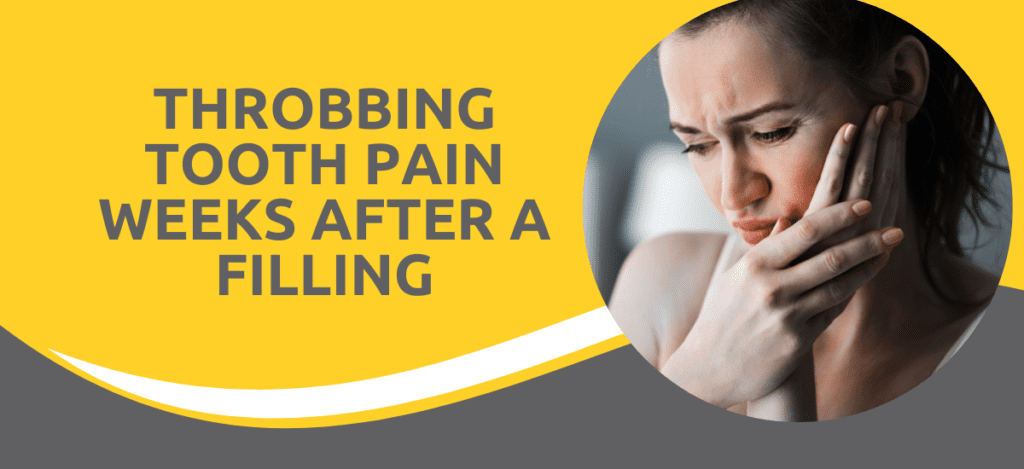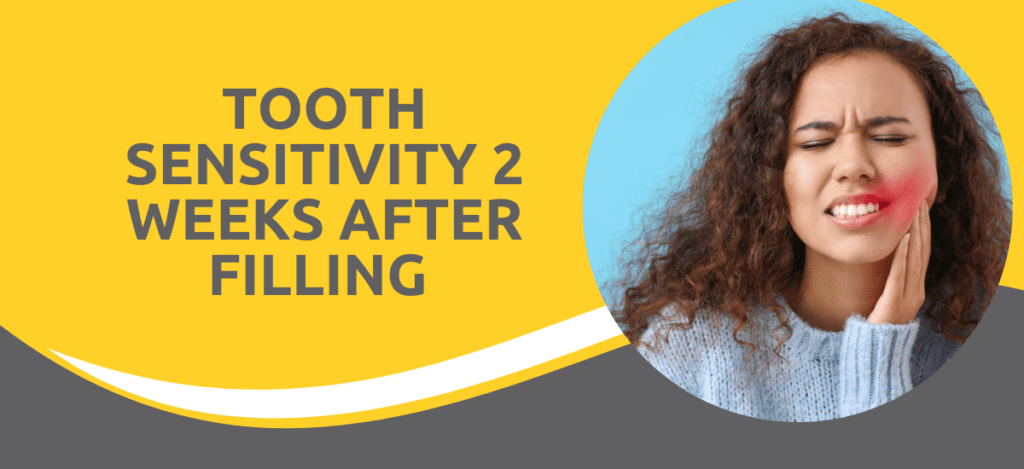
Dental fillings are a common solution for cavities and tooth decay. They restore the damaged tooth and prevent further issues. However, some patients experience throbbing tooth pain weeks after a filling. This discomfort can disrupt daily life, raising concerns about the procedure’s success.
Dr. Dheeraj Punjabi, the principal dentist of Dental Krafts Dental Clinic in Govandi, explains, “Post-filling tooth pain can result from several factors. Consulting a professional can help identify the root cause and provide relief.” Patients should promptly address persistent discomfort to avoid complications and maintain oral health.
At Dental Krafts, the focus is on providing quality care tailored to individual needs. With over 12 years of experience, Dr. Dheeraj Punjabi, an eminent dentist in Govandi, Mumbai, specializes in addressing complex dental concerns. Known for his expertise in advanced dental care and patient-focused solutions, Dr. Dheeraj has earned trust for his commitment to oral health.
Do you know why pain might persist after a filling? Keep reading to find out!
Is It Normal to Have Throbbing Tooth Pain Weeks After a Filling?

It’s not uncommon to experience mild sensitivity or discomfort after a filling. However, persistent throbbing tooth pain after filling weeks later is a different matter. Patients often ask if this is a cause for worry. The answer depends on the severity and duration of the pain.
If the discomfort persists or worsens, it may require professional evaluation. Addressing these issues early can prevent more significant complications. With timely intervention, these problems can be effectively managed.
Are you curious about why this pain develops after a filling? Let’s uncover the key factors behind it.
Understanding Throbbing Tooth Pain Weeks After a Filling
Throbbing pain after a filling may signal complications beyond typical post-procedure sensitivity. If the pain worsens or radiates to surrounding teeth, it could point to nerve inflammation.
Sometimes, residual decay near the filling site can lead to secondary infections. If left unchecked, these infections can spread and cause more severe dental issues. Additionally, if a crack develops in the tooth during the filling process, it may contribute to ongoing pain.
Don’t ignore persistent tooth pain. Consult a specialist today for a thorough evaluation and personalized care. Book an appointment now!
Could there be specific causes behind your discomfort? Let’s explore the common reasons next.
Common Causes of Tooth Pain After a Filling

- Bite Misalignment: An uneven filling can create pressure and lead to discomfort.
- Pulpitis: Inflammation of the tooth’s pulp can cause throbbing pain.
- Tooth Infection: Persistent decay or improper sealing can lead to infection.
- Cracked Tooth: Undetected cracks in the tooth may worsen post-filling.
- Residual Decay: If decay isn’t fully removed, it might result in infection under the filling.
- Allergic Reaction: Although rare, sensitivity to the filling material can occur.
- Tooth Throbbing After Filling: This may indicate underlying issues, such as nerve irritation or infection, that require prompt attention.
“Recognizing these causes helps guide timely treatment. Consulting an expert dentist is vital for diagnosing and resolving such issues,” advises Dr. Dheeraj Punjabi.
Let’s explore the signs that call for immediate attention after a filling.
When Should You Be Concerned About Post-Filling Pain?
- Prolonged Pain: If the pain lasts beyond a few weeks, it needs evaluation.
- Severe Pain: Intense discomfort that disrupts daily activities requires immediate attention.
- Swelling or Fever: These symptoms may indicate an infection that needs urgent care.
- Pain on Chewing: If biting down causes sharp pain, it might signal an alignment issue.
- Radiating Pain: Discomfort extending to the jaw or other teeth warrants a professional assessment.
- Extreme Sensitivity: Unbearable reactions to temperature changes may indicate nerve damage.
If any of these signs appear, a professional evaluation is necessary. Early intervention prevents complications like abscess formation or the need for root canal therapy.
Don’t wait for the pain to worsen. Schedule your consultation with a specialist for timely care.
Are you dealing with persistent discomfort and unsure what to do? Here’s how to find relief and regain your peace of mind.
How to relieve throbbing pain after a cavity filling
1. Use OTC Pain Relievers
Medications like ibuprofen or acetaminophen can help reduce pain and inflammation. Follow the dosage instructions carefully.
2. Apply a Cold Compress

Place an ice pack outside your cheek near the affected tooth. This helps numb the area and reduces swelling.
3. Practice Gentle Oral Hygiene
Use a soft-bristled toothbrush and avoid applying too much pressure when brushing around the filled tooth.
4. Avoid Hard or Sticky Foods
Stick to soft foods for a few days. Avoid chewing on the side of the filling to prevent further irritation.
5. Rinse with Warm Salt Water
Gargling with salt water can soothe the gums and reduce inflammation around the tooth. Mix half a teaspoon of salt in a glass of warm water.
6. Use Desensitizing Toothpaste
Special toothpaste for sensitivity can help relieve pain. Apply a small amount directly to the sensitive area for quick relief.
7. Avoid Extreme Temperatures
Steer clear of overly hot or cold foods and drinks, as these can trigger discomfort in the filled tooth.
8. Consult a Specialist
If the pain persists for over a week or worsens, seek professional advice to identify the root cause.
Conclusion
Experiencing throbbing tooth pain weeks after a filling can be distressing. However, timely care can help resolve the issue effectively. Dental Krafts Dental Clinic in Govandi, led by Dr. Dheeraj Punjabi, offers personalized treatments to address post-filling concerns with precision and care.
Frequently Asked Questions:
Q. How long should tooth sensitivity last after a filling?
A. Tooth sensitivity after a filling usually lasts a few days to a few weeks. If it persists longer, consult a dentist to evaluate the cause.
Q. Can a filling cause nerve damage?
A. It’s rare, but deep fillings near the pulp can irritate the nerve, causing inflammation. This may require additional treatment, like a root canal.
Q. Can a filling fall out?
A. Yes, fillings can fall out due to wear, improper bonding, or biting on hard foodstuffs. Consult a dentist immediately for a replacement.
Q. Can fillings get cavities?
A. Decay can develop around or beneath a filling if proper oral hygiene is not maintained.
Q. Is it normal to have throbbing tooth pain 2 weeks after a filling?
A. Mild sensitivity after a filling is common, but persistent throbbing tooth pain two weeks later is not normal. It could indicate issues such as nerve irritation, an uneven bite, or an underlying infection. If the pain persists or worsens, it’s best to consult a dentist for evaluation and appropriate treatment.
Reference links:
https://www.colgate.com/en-in/oral-health/fillings/tooth-pain-after-a-filling-is-it-normal
https://www.healthline.com/health/tooth-sensitivity-after-filling
Disclaimer: This page is for informational purposes and not for promotional use.



